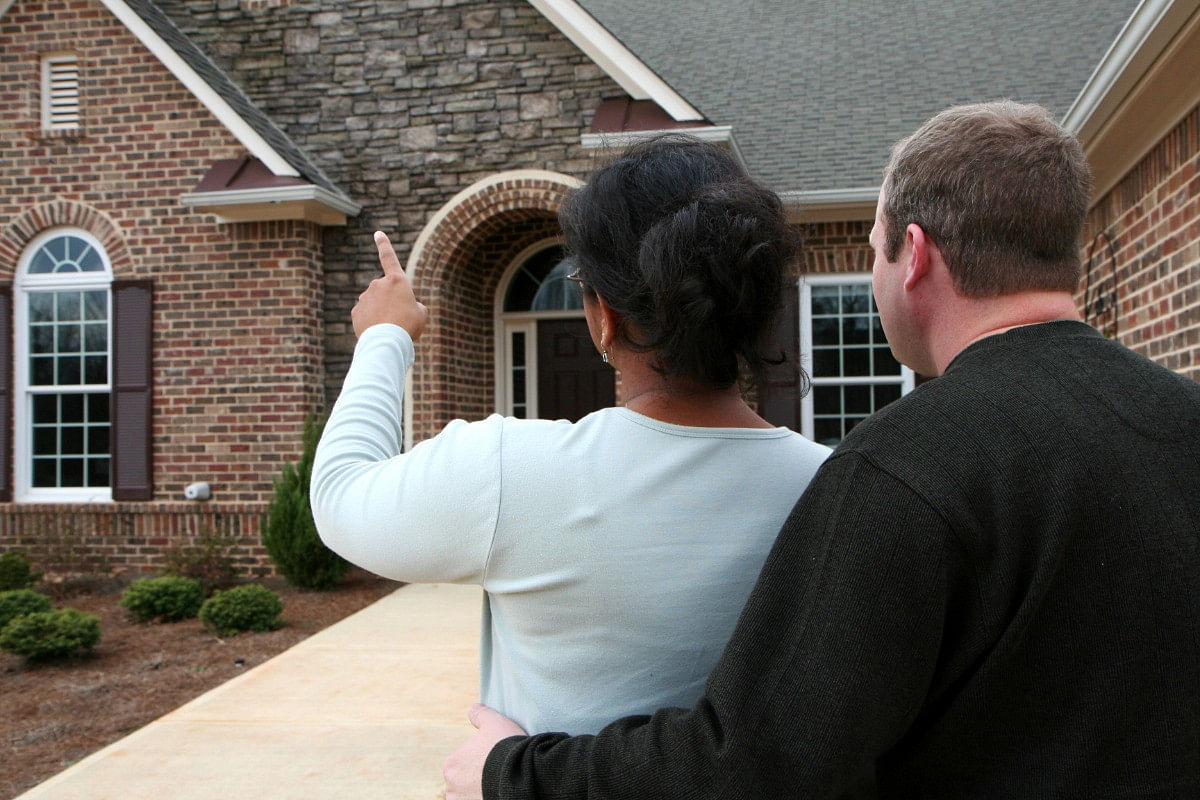What Do I Get At Closing?

Closing day converts months of decisions into a clean, legal transfer of ownership, funded balances, and a clear plan for what comes next; it is a coordinated appointment where documents, funds, and keys change hands in a specific order so you leave with proof of ownership and the tools to settle in with confidence.
What Will I Actually Receive?
You leave with a curated packet that establishes your ownership, explains your loan, and shows exactly how every dollar moved, which typically includes a signed copy of your deed, the closing disclosure, your promissory note, the mortgage or deed of trust, and title insurance commitments or policy jackets.
You also receive practical items that make the home usable on day one, such as keys, remotes, gate or alarm codes, and any manuals or warranty transfers the seller agreed to provide, giving you both legal confidence and real-world access at the same time.
The Deed You Take Home
The deed is the document the seller signs to transfer ownership to you, and although the original goes to the parish clerk for recording, you receive a signed copy that shows exactly how title vests in your name.
After the clerk returns the recorded instrument, Crescent Title provides the recorded deed with the official reference number, which serves as the public anchor for your ownership when lenders, insurers, or local authorities need proof.
What Does the Closing Disclosure Show?
Your closing disclosure condenses the entire financial story into one side-by-side statement, listing the purchase price, lender charges, prepaid interest, credits, prorations, and the exact funds due from you or to you.
Because it also shows the interest rate, payment structure, and whether you escrow for taxes and insurance, this document becomes your long-term reference for budgeting, tax preparation, and potential refinance conversations.

What Is the Promissory Note?
The promissory note is your written promise to repay the loan under specific terms, and it spells out the interest rate, payment dates, late charge rules, and what happens if a payment is missed, which is why lenders treat the original note as the legal evidence of the debt.
You receive a signed copy for your records, and while you may rarely need to review it, the note is the backbone of the agreement behind every monthly payment you will make.
How Does the Mortgage or Deed of Trust Work?
Alongside the note, you sign a mortgage or deed of trust that creates a lien on the property in favor of the lender, which means the home serves as collateral until the loan is paid in full.
You receive a copy at closing and later a recorded version, and this document contains covenants about maintaining the property, paying taxes and insurance, and avoiding unauthorized transfers, so it belongs in your loan folder for quick reference.
What Does Title Insurance Cover?
Title insurance protects owners and lenders against covered problems with title that existed on or before closing, including prior liens, recording errors, or undiscovered heirs, which makes it fundamentally different from insurance that protects against future events.
A lender’s policy protects the lender up to the outstanding loan balance and is typically required when you finance, while an owner’s policy protects you up to the policy amount, often the purchase price, for as long as you own the property.
You receive commitments or policy jackets at closing and then the final policies after recording and disbursement, so your file ends up with both the evidence of coverage and the completed policies that stand behind your ownership.
Escrow Accounts: What Goes Into Your Payment?
If your loan includes escrow, you receive disclosures showing the initial deposits, the projected disbursement dates for property taxes and homeowner’s insurance, and the cushion permitted under servicing rules, which explains why your monthly payment includes more than principal and interest.
Those statements also preview how your payment might change when taxes or premiums adjust, helping you plan for seasonal or annual shifts without surprises.
Where Do Your Funds to Close Go?
Your settlement statement details the flow of funds, showing how your down payment, lender credits, seller credits, and prorations combine to produce the final number you bring to closing or receive after closing, with each line tied to a contract term or lender fee.
If the seller has an existing mortgage, you will see the payoff listed with a per-diem interest amount, and that payoff, once sent from settlement funds, clears the prior lien so you take title free of that debt.
Keys, Codes, and Possession
In many transactions, you receive keys and access codes once funds are disbursed and documents are on their way to recording, although the exact possession timing follows the purchase agreement, which Crescent Title confirms at the table so there is no ambiguity.

What Arrives After the Appointment?
A few items arrive after closing because they depend on public indexing and final lender reconciliation, most notably the recorded deed and recorded mortgage or deed of trust, which Crescent Title forwards once the clerk returns them.
You also receive the final owner’s and lender’s title policies after recording and disbursement, so expect a post-closing envelope or secure electronic package that completes your file.
Warranties, Manuals, and Smart Home Transfers
If the contract includes appliance warranties, roof or foundation warranties, or a home warranty plan, you receive the transfer forms or confirmations along with manuals and model numbers, which saves time when you need service or replacement parts later.
Surveys, Flood Zones, and Reports
If a boundary survey, elevation certificate, or flood determination was obtained, you receive copies for your records, which matters for planning improvements, verifying fence lines, or confirming flood insurance requirements.
Keep these alongside any inspection summaries retained during due diligence, since contractors and insurers often ask for them when quoting work or coverage.
How Should You Organize Your Packet?
Create two folders, one labeled property and one labeled loan, and place the deed copy, surveys, warranties, and association documents in the property folder while the note, mortgage or deed of trust, escrow disclosures, and closing disclosure live in the loan folder.
Scan everything into a secure digital vault and back it up, then store the paper originals in a dry, accessible place, which makes tax season, insurance renewals, and future refinancing simpler because you can retrieve documents in seconds.
Who Keeps Which Originals?
You keep signed copies of everything you executed, the lender holds the original note until payoff, and the parish clerk holds the recorded originals of the deed and mortgage or deed of trust in the public record, with certified copies available upon request.
Crescent Title maintains a complete settlement file under industry and statutory guidelines, which means if you misplace a document later, the team can help you obtain a replacement copy or point you to the public record reference.
How Do Insurance and Utilities Transition?
You receive proof of homeowner’s insurance that lists the effective date and the mortgagee clause, which satisfies the lender’s funding condition and gives you a ready reference if you need to open claims or update coverage after move-in.
Crescent Title provides a practical checklist or move-in note when available, summarizing account numbers, meter reads, and key contacts for utility transfers, so your first days in the home are not spent hunting for service phone numbers.
What If Something Looks Off?
If you notice a number you do not recognize, ask at the table, since nearly every line on your closing disclosure and settlement statement ties back to the contract, lender estimate, or prorations for taxes and association dues, and a few minutes of explanation typically resolves the question.
If a document appears missing, Crescent Title can confirm whether it is already signed and en route from a counterparty or the recorder, or whether an extra copy should be generated for your packet, so you leave with a complete, confidence-building set.
Taxes, Homestead, and Next Steps
Your packet includes items that make local filings easier, such as the recorded deed and proof of occupancy, which some parishes request for homestead or comparable exemptions that reduce your tax burden.
Mark your calendar with local tax cycles and keep the closing disclosure handy for your preparer, since prepaid interest, lender fees, and certain settlement costs can affect deductions or basis depending on your situation and current tax rules.
Common Myths About What You “Get”
Some buyers expect a fully recorded deed in hand at the appointment, yet the recording process takes time because the clerk must index and return the document, which is why you first leave with a signed copy and later receive the recorded version.
Others assume title insurance replaces the need for careful contract review, but title insurance addresses covered issues with ownership history rather than property condition or contract obligations, so you still want to read the warranty terms, inspection reports, and association rules you received.
A Quick First-Week Checklist
Review your first payment letter and set up the servicer portal, change exterior and interior door codes, update your mailing address with insurers and taxing authorities, and label your two folders so you can find them without thinking.
Walk the home and photograph appliance serial numbers and the water heater’s data plate, then tuck those photos into the same digital vault as your scanned packet, which makes warranty calls painless when someone asks for a model number.
Close With Confidence With Crescent Title
When you understand what you receive at closing, the stack of paper turns into a toolkit you will use for years, and Crescent Title’s organized process ensures you leave not only with ownership but with clarity, protection, and a smooth path into the next chapter of your home.
If you are preparing to close soon, bring your questions to the table. Our team is ready to walk line by line through your documents so you can move from signatures to keys with calm, informed confidence. Contact Crescent Title today and let us help you through the closing process.

